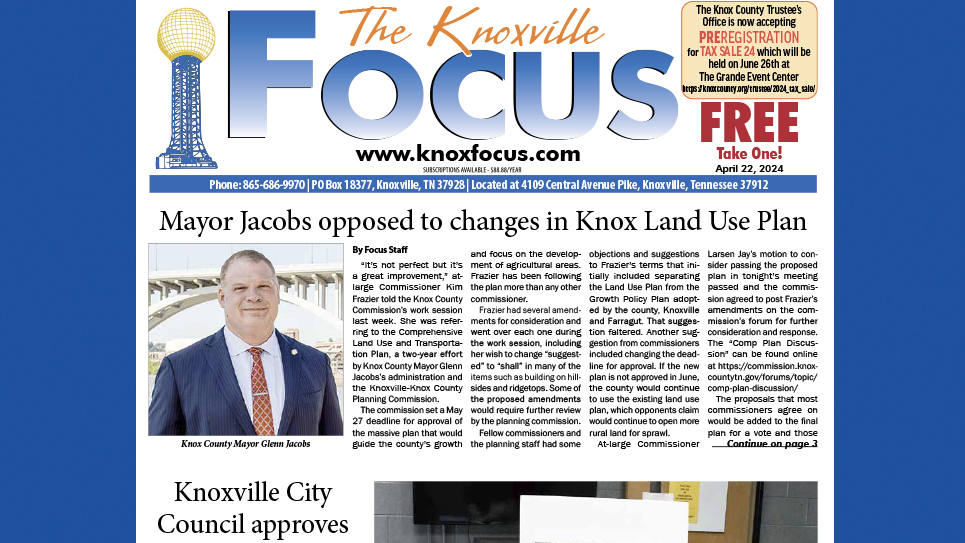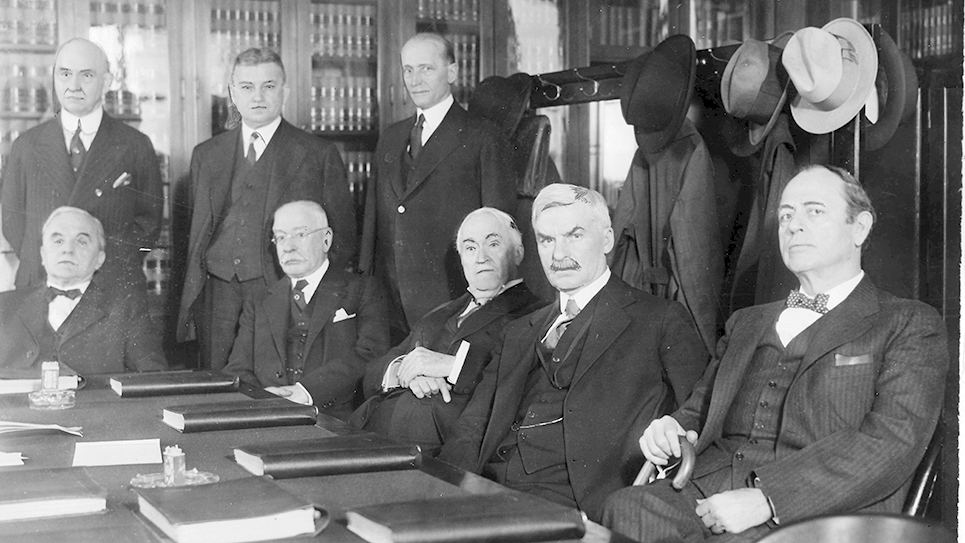By Ralphine Major
It is often referred to as the “Chapel,” though most folks in the community know it as Clapp’s Chapel United Methodist Church. Nestled among large cedar trees, it is a landmark located along a bend on Emory Road in Corryton. Driving out Clapp’s Chapel Road, I can see the church cemetery at the back of the rural church. The church is in an area steeped rich in history and has a fascinating history of its own.
Clapp’s Chapel is just up the road from the original log home of Nicholas Gibbs, for whom Gibbs Community is named, and is only a short distance from historic Harbison’s Crossroads. I wondered when the church was founded and how it got its name. A document from the church archives answered both questions.
“The exact date of founding of the church is unknown, but the oldest available record is a receipt dated November 23, 1812, signed by John ell Campbell to David Adair for $5.00, part of his subscription to the brick church.” It definitely is one of the oldest churches in the Gibbs Community. “The property on which the church now stands was deeded to the Methodist Church in 1850 by Solomon Clapp.” This information was published in 1950-51 when Rev. William H. Porter, Jr., was pastor.
Perry McGinnis, who has appeared in my column as I chronicle his journey on the way to becoming a dentist, shared some fond memories of Clapp’s Chapel. “Bill Finchum and I joined the Chapel together in 1946,” Perry said. (Finchum passed away shortly after I met him at the Gibbs 100th Anniversary this year.) Perry continued, “I remember the old church building so well. One Sunday morning, Pastor W. H. Leming (our preacher from 1947-1950 as a circuit minister for several churches) was delivering his sermon; and, in the back of the sanctuary, a youngster dropped several marbles on the floor. The floors were wood and slanted toward the pulpit. The marbles rolled all the way to the front, interrupting the sermon, and finally stopping at the altar. Pastor Leming hesitated until the noisy marbles came to a stop and calmly said, ‘you forgot to say slips, sonny.’” Pastor Leming was the last circuit preacher for the Chapel. On Rev. Leming’s four church circuit were the Chapel, Corinth, Mays Chapel, and Corryton. The Corryton church must be Rutherford, though it may not have been known by that name when on the circuit. Rev. William H. Porter, Jr. (1951-52) became the first full-time pastor following the circuit preacher.
In a recent conversation with Dave Wright, Knox County Commissioner, Dave told me about the new leadership at Clapp’s Chapel today. A future second part to the Clapp’s Chapel story will share about the church’s new pastor and choir director and their common link.






